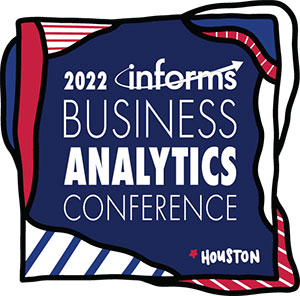
Miles Porter
Miles Porter
Lead Data Scientist in the Central AI group at Trimble, Inc.
Miles Porter is Lead Data Scientist in the Central AI group in Trimble, Inc. His role involves collaborating with various business segments across the Trimble enterprise, including businesses in construction, smart autonomy, transportation, geospatial, natural resources, and agriculture on projects involving data science, operations research, and optimization. Prior to his role as a data scientist, Miles worked as a technical lead in the Trimble Transportation group. His work has resulted in a patent related to collision risk detection for semi-trucks based on deep learning, computer vision, and other analytic approaches. Miles chairs the Trimble Data Analytics Group, which consists of over 350 individuals working in various roles across the Trimble enterprise. Miles also publishes the datascience.netlify.app blog, where he writes about topics in Mathematics, Statistics, and Machine Learning. Prior to joining Trimble, Miles worked for 15 years as an independent consultant in software engineering and data science in Minneapolis, Minnesota.
Miles holds a Bachelor of Arts degree in mathematics from the University of Northern Colorado, and a Master of Science degree in analytics from the Georgia Institute of Technology.
Associate
Track: Forecasting
Large Data S-Curves for Construction Project Estimation and Comparative Analysis
The Trimble Viewpoint SCOPE tool uses S-Curves in combination with Viewpoint’s extensive set of construction project cost data to provide project managers with unique tools for managing construction projects. The SCOPE tool leverages the logit approach of Kenley et.al. for building S-Curves, along with simulation techniques for creating banded project estimates. This presentation will detail the logic function approach for S-Curves, and discuss implementation considerations for dealing with large amounts of project data. Specific attention is paid to how S-Curves can provide a useful tool for evaluating the progress of a single project, and how groups of projects can be analyzed together.

